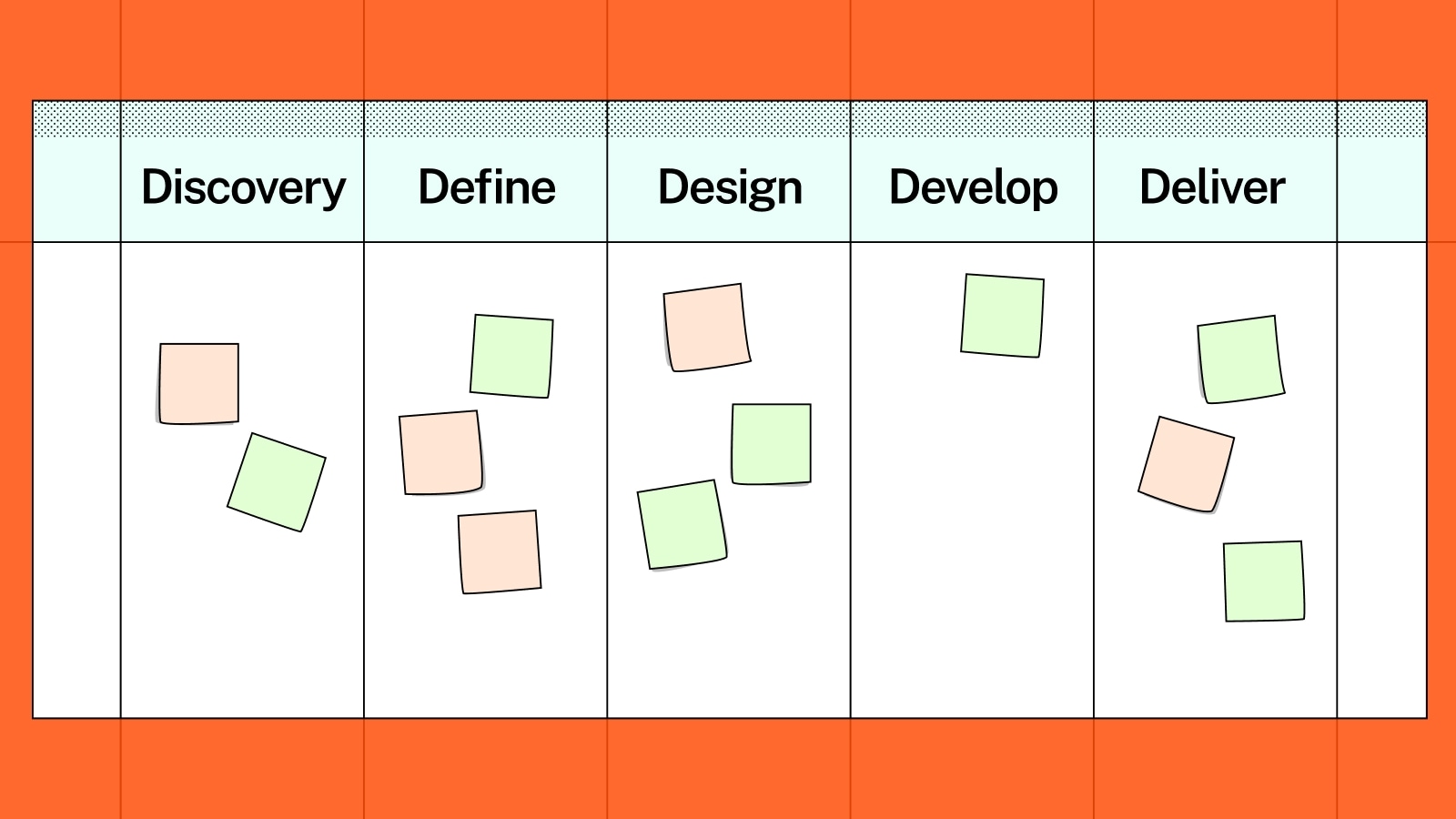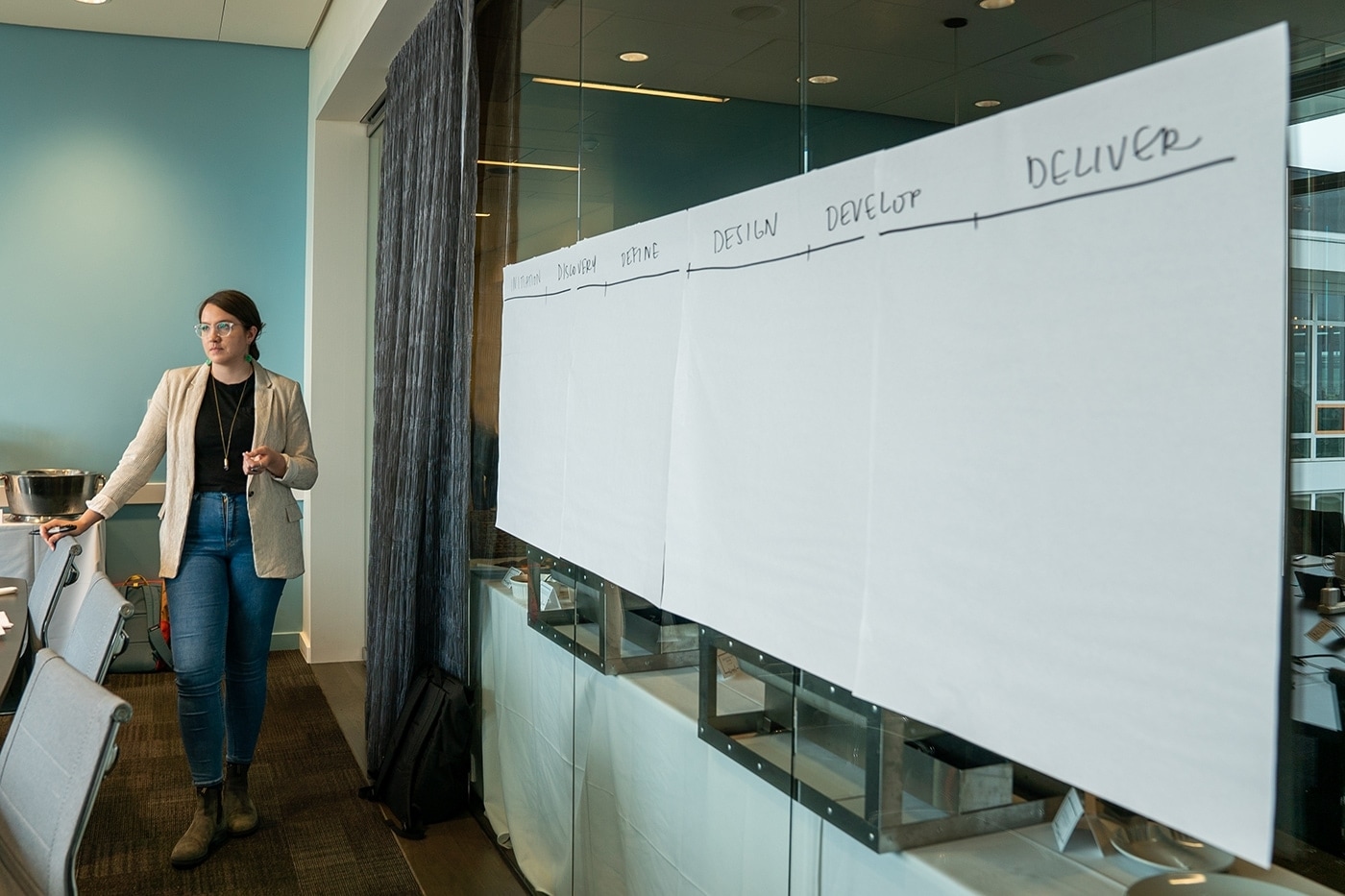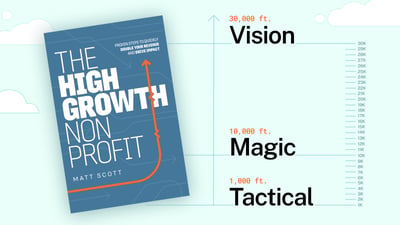Looking For a New Way to Grow Your Nonprofit? Go Retro!

If yours is like most nonprofits, virtually all mission-related tasks are handled by your in-house team.
In effect, your organization is an internal agency, a service group much like an ad agency or a law firm. Except instead of billable hours, you deal in productive hours (see Chapter 13 in my free book).
Your team does its best to ensure those valuable hours are used wisely for, say, a specific donor campaign or a live fundraising event.
But whether your project had some degree of success or it completely tanked, there are always valuable lessons just waiting to be learned.
You know, things you’d manage differently if given a do-over.
Especially when, for instance, you dare your team to double your revenue with half of the resources within three years. Let the innovation begin!
But no matter how keen the notion or forward-thinking the strategy or detailed the steps—or even how super the technology—nothing gets done without human capacity.
By going to school on these past efforts, you can more easily refine your future ones for better outcomes. To us, the best way to do that is with a retrospective, or retro.
Like its name suggests, a retro looks backward in time. It allows folks to see past the now-done project and reflect on everything that went into completing it.
At CauseMic, we facilitate retros for ourselves after finalizing bigger client projects.
We first gather all relevant team members in one room. From executive to intern, anyone who was involved has something of value to contribute.
We then map out the project timeline to give us points of reference for our discussion.
And that’s exactly what a CauseMic retro is, by the way—an honest discussion, not a lecture from the top brass. Everyone is given an equal voice for pointing out the good, the bad, and the ugly.
That’s because one of our cultural principles is “Success is not final,” a core value openly embraced by our team.
It means that everyone here wants the next thing we do to be better than the last, ensuring improvement for us and satisfaction for the client. So honest opinion is encouraged, supported, and exercised throughout the ranks. I think it’s the only way a retro can truly work.
Okay. So we’ve got our people and project timeline in one room. With lots of Post-Its, we then ask three categories of questions:
- What worked?
- What didn’t?
- What should we double down on?
For “What worked?” for example, stakeholders write as many notions as they can think of in, say, 5 minutes, each on its own Post-It note. All Post-Its then get stuck on our white board.
The facilitator reads each one and asks its author to explain. Then everyone has a chance to react.
And so on through all three question categories.
That way, all attendees have a voice in not only the smooth parts of a project, but in pinpointing issues and noodling ways to fix them.
A good retro example is one we recently held for our Access Fund project.
Access Fund “works to protect climbing landscapes and ensure sustainable access for generations to come.” CauseMic redesigned their website and upgraded their donation platform.

Question 1 of 3: WHAT WORKED?
We noted a number of issues that we couldn’t have planned for; yet, our team mustered the resourcefulness to handle them. Plus, we implemented new, efficient ways of collaborating between our design and content strategy people.
Proof of what ultimately worked well came in the form of these kind words from Holly Smolenski, Vice President of Marketing & Philanthropy at Access Fund:
“I wanted to reach out and express Access Fund's deep appreciation for your team. Both the donation platform and website launches have gone off with barely a hitch, which in my 20+ years in marketing on both the agency side and the client side is very rare!
In the space of less than 8 months, our online presence has been totally modernized, and we couldn't have done it without your team.
Every single CauseMic team member that we've worked closely with so far—Kelsey, Evelynn, Andrew, and Franny—has been a total pro. You have a great team, and we're thankful for the partnership.”

My advice for answering this next question: Be brave and be open!
Question 2 of 3: WHAT DIDN’T WORK?
Our retro informed us that our initial discovery process could've included more time to further explore the less obvious roadblocks.
We’d made assumptions based on prior projects, things we believed to be common-sensical but in fact weren’t.
Our retro reminded us of the value of asking good, simple questions. While we have impressive technical expertise by any standard, each client project is somewhat different (and thus represents a learning curve, slight or otherwise).
Note to self: Not all old website archives are created equal!
Access Fund chose to archive their previous site due to the volume of content they created over the years. This online library would serve them well internally in the future.
Unfortunately, it wasn’t until we got under the hood that we realized there were additional steps that differed from past projects. As fleshed out by our retro, these potential obstacles could have been known up front by asking a few more questions.
Questions 3 (What should we double down on?) was similarly handled by asking ourselves things like:
- What was truly impactful?
- What about our approach really helped make the project a success?
- What deserves documentation for future projects?
Clearly, looking back is a great way to get ahead.
We counsel many of the nonprofits we work with to be a more effective internal agency, to employ tools like retros to make the most of their productive hours, to gain expertise, to grow.
Are you eager for more ways to do so? The High-Growth Nonprofit is full of frameworks to get more done in less time with better results.


